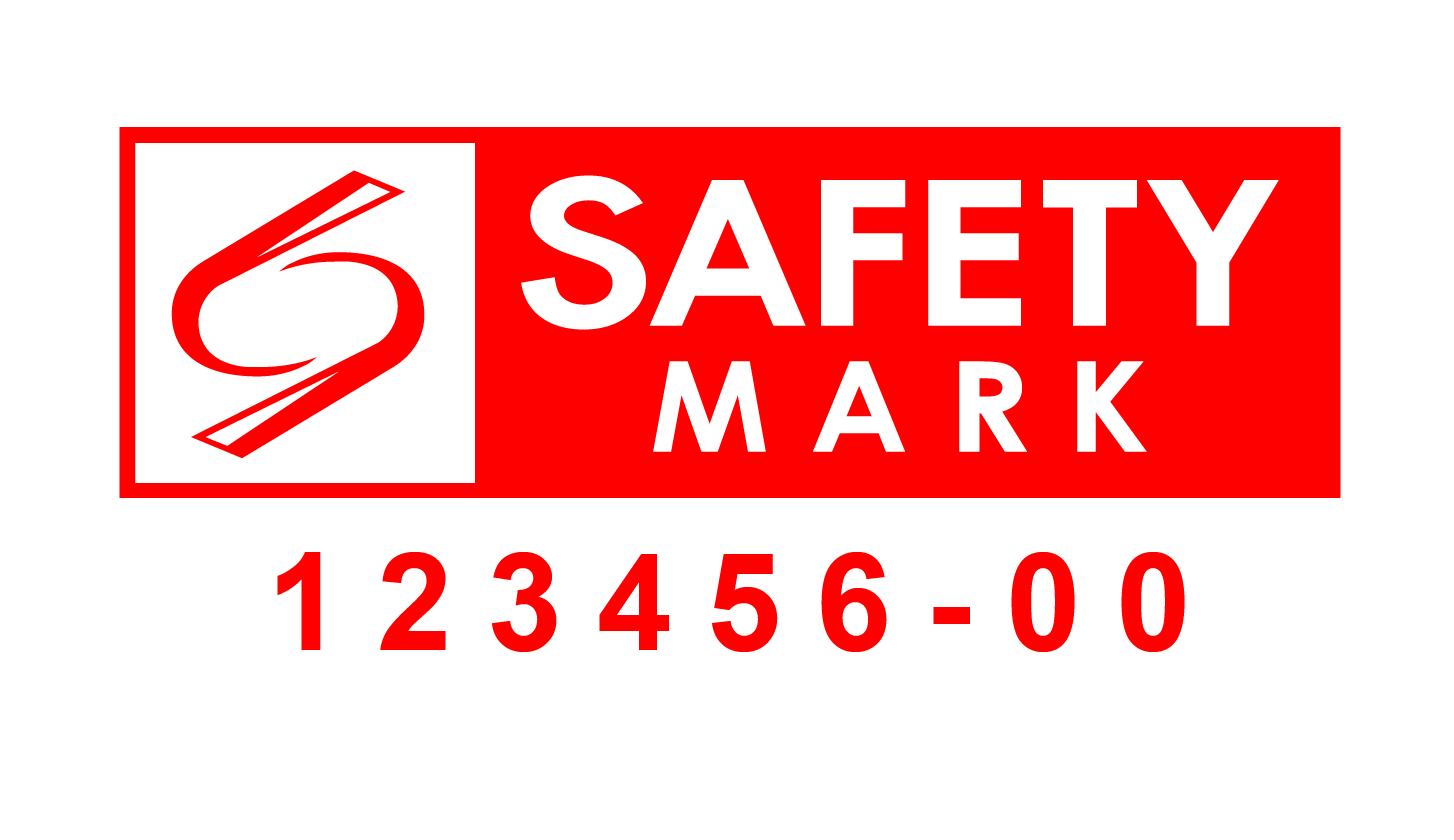Safety Tips on Electric Water Heaters
Help us better understand consumer habits so that we can improve the effectiveness of our safety regimes. Please spare 5 mins to fill out this simple survey
Safety Tips on Electric Water Heaters
Water heaters offer great convenience and benefits to households. They come in a variety of sizes and designs to suit different household needs. With the ability to provide a constant supply of hot water, water heaters provide improved comfort and convenience for daily activities such as showers, dishwashing, and laundry.
Follow these safety tips to help protect against potential safety hazards from your water heater.
Look for the SAFETY Mark
Instantaneous and storage electric water heaters are classified as Controlled Goods under the Consumer Protection (Safety Requirements) Registration Scheme and are therefore required to bear the SAFETY Mark before they can be sold in Singapore.
Check that the electric water heater carries the SAFETY Mark before purchase. The SAFETY Mark indicates that a Controlled Good has been tested to and conforms to specified safety standards and carries a unique certification number traceable to the supplier.
 To check the validity of the SAFETY Mark on your water heater, search for the SAFETY Mark number via our Register of Registered Controlled Goods.
To check the validity of the SAFETY Mark on your water heater, search for the SAFETY Mark number via our Register of Registered Controlled Goods.
Ensure the water heater is properly installed
Hire a licensed electrical worker (LEW) to ensure the water heater is properly wired during installation.
A water heater should not be connected to a 3-pin socket outlet because it typically draws an amount of current exceeding what a typical 3-pin socket outlet is rated for. It should be directly wired to the electrical mains, through a double pole switch for switching the water heater ON and OFF.

Double Pole Switch
Do not use extension cords or multi-way outlets to power the water heater.
Here are some other safety considerations to keep in mind when using water heaters:
• Always purchase water heaters from reputable manufacturers/ suppliers.
• Do not use the water heater if it appears to be damaged or is leaking.
• Be sure to read and understand the manufacturer’s instructions and safety warnings before using the water heater.
• Make sure your storage water heater comes with a pressure relief valve.
• Do not try to modify or repair the water heater on your own. Engage a professional to service the water heater regularly to ensure it is running safely and efficiently.
• Switch off the water heater when it is not in use to prevent overheating of its components or wiring.

Pressure Relief Valve
You may also wish to view this video produced by Channel News Asia on water heater safety on their website or YouTube.

